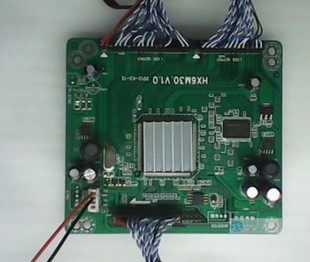Mark Rejhon
[H]ard|Gawd
- Joined
- Jul 6, 2004
- Messages
- 1,395
I am pretty curious how the SEIKI pulls off 1080p scaling during 4K. If it's done upstream at the motherboard level, then life for 4K 120Hz could potentially become a lot simpler because the motherboard is apparently already outputting the full pixel data rate necessary for 4K 120Hz.According to the the max LVDS clock of 79MHz listed in the sheet wouldn't that give us. 4 Channels with 5 pairs each giving 395 per channel which clearly is way more than is needed to drive 120Hz.
Last edited:
![[H]ard|Forum](/styles/hardforum/xenforo/logo_dark.png)







